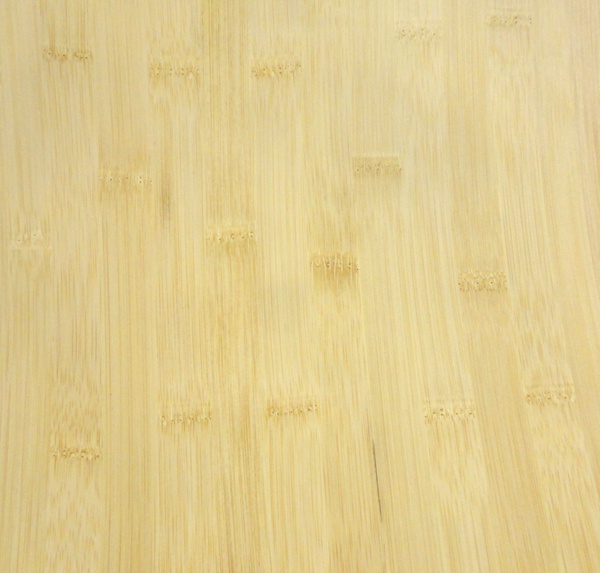Wood veneer is a versatile and exquisite material that has been used in woodworking for centuries. It is a thin layer of wood, often less than 1/8 of an inch thick, sliced or peeled from a larger log. Veneer offers a unique combination of natural beauty, flexibility, and sustainability, making it a favorite among craftsmen, designers, and woodworkers worldwide.
The Art of Wood Veneer
Wood veneer is not simply a thin piece of wood; it is a testament to the artistry of nature. Each veneer sheet showcases the intricate grain patterns, natural colors, and unique characteristics of the tree from which it was sourced. Whether it's the rich warmth of mahogany, the intricate patterns of burl, or the elegant simplicity of maple, wood veneer provides a visual feast for the eyes.
Applications in Woodworking
Wood veneer finds applications in a wide array of woodworking projects, from fine furniture to cabinetry, interior paneling, and decorative accents. It allows woodworkers to achieve stunning, high-end finishes without relying solely on solid wood. Some common applications include:
- Furniture: Veneer is frequently used to cover the surfaces of furniture, providing a luxurious appearance. It's a cost-effective way to incorporate expensive and exotic wood species into designs.
- Cabinetry: Veneer can elevate the look of kitchen cabinets, bathroom vanities, and other cabinetry projects. It can also be used to create intricate inlays and decorative patterns.
- Doors: Many high-quality doors are adorned with wood veneer to enhance their aesthetics. Veneered doors can complement various architectural styles.
- Wall Paneling: Interior wall paneling featuring wood veneer adds warmth and sophistication to homes and commercial spaces. It's a popular choice for creating accent walls.
- Marquetry and Inlays: Veneer sheets are often used to create intricate marquetry designs and inlays. These decorative elements can turn a simple piece of furniture into a work of art.
Sustainability Matters
One of the notable advantages of wood veneer is its sustainability. Using veneer is an eco-friendly choice compared to solid wood in several ways:
- Resource Efficiency: Veneer production makes efficient use of timber resources. A single log can yield a large number of veneer sheets, reducing waste.
- Exotic Species Conservation: Veneer allows for the use of rare and exotic wood species without depleting these valuable resources in their entirety.
- Reduced Transportation Impact: Veneer is lightweight compared to solid wood, resulting in lower transportation emissions and energy consumption.
Types of Wood Veneer
Wood veneer comes in various types, each with its unique characteristics:
- Raw Veneer: Raw veneer sheets are the most basic form of wood veneer, typically used for custom projects. They require finishing and sanding before they can be used.
- Paper-Backed Veneer: Paper-backed veneer has a thin layer of paper adhered to its back, which enhances its stability and ease of use. The paper also helps prevent veneer from splitting or cracking.
- Prefinished Veneer: Prefinished veneer comes with a factory-applied finish, saving time and effort during installation. It's ready to use right out of the box.
- Peel-and-Stick Veneer: Peel-and-stick veneer has an adhesive backing, making it easy to apply without the need for glue. It's a convenient option for DIY enthusiasts.
Working with Wood Veneer
Working with wood veneer requires skill and attention to detail. Here are some essential tips for successful veneer projects:
- Surface Preparation: Ensure that the substrate surface is clean, flat, and free from imperfections before applying veneer.
- Proper Adhesive: Choose the right adhesive for your project, whether it's contact cement, wood glue, or a veneer-specific adhesive. Follow the manufacturer's instructions for application.
- Trimming and Shaping: Use sharp tools like veneer saws or routers with flush-trim bits to trim and shape veneer accurately.
- Pressing: Apply even pressure when pressing veneer onto the substrate. A veneer press or clamps can be used to ensure a strong bond.
- Finishing: After the adhesive has dried, sand the veneer surface carefully to achieve a smooth finish. Apply a clear finish to protect the veneer and enhance its beauty.
Conclusion
Wood veneer is a remarkable material that embodies the beauty of nature and enhances woodworking projects with its elegance. Whether you're creating custom furniture, cabinetry, or decorative accents, wood veneer allows you to achieve stunning results that capture the timeless allure of wood in a sustainable and creative way. Mastering the art of working with wood veneer opens up a world of possibilities for woodworkers and designers, showcasing the harmony between craftsmanship and nature's artistry.


No comments yet